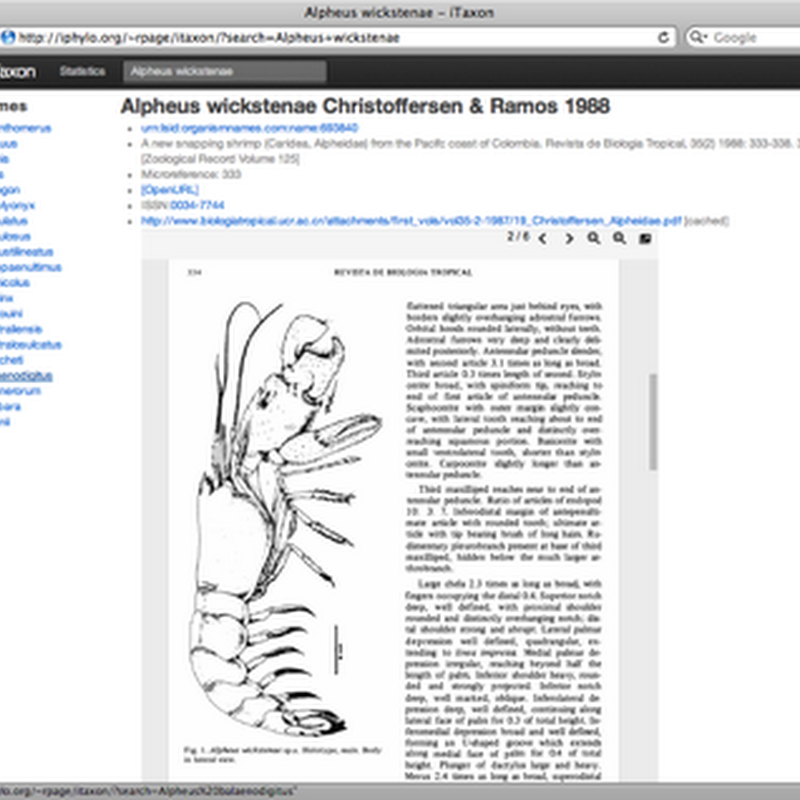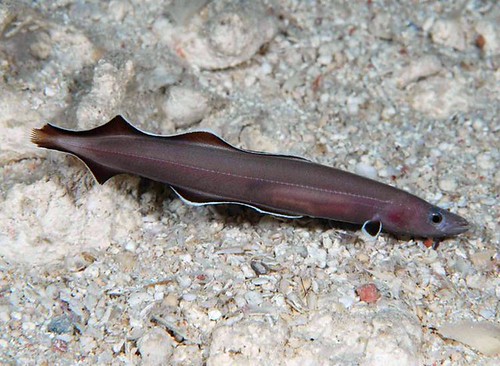
I've been banging on about having citable, persistent identifiers for specimens, so was suitably impressed when Derek Sikes posted a comment on iPhylo that Arctos already does this. For example, here is a DOI for a specimen: http://dx.doi.org/10.7299/X7VQ32SJ. So, we're all done, right? Not quite.




